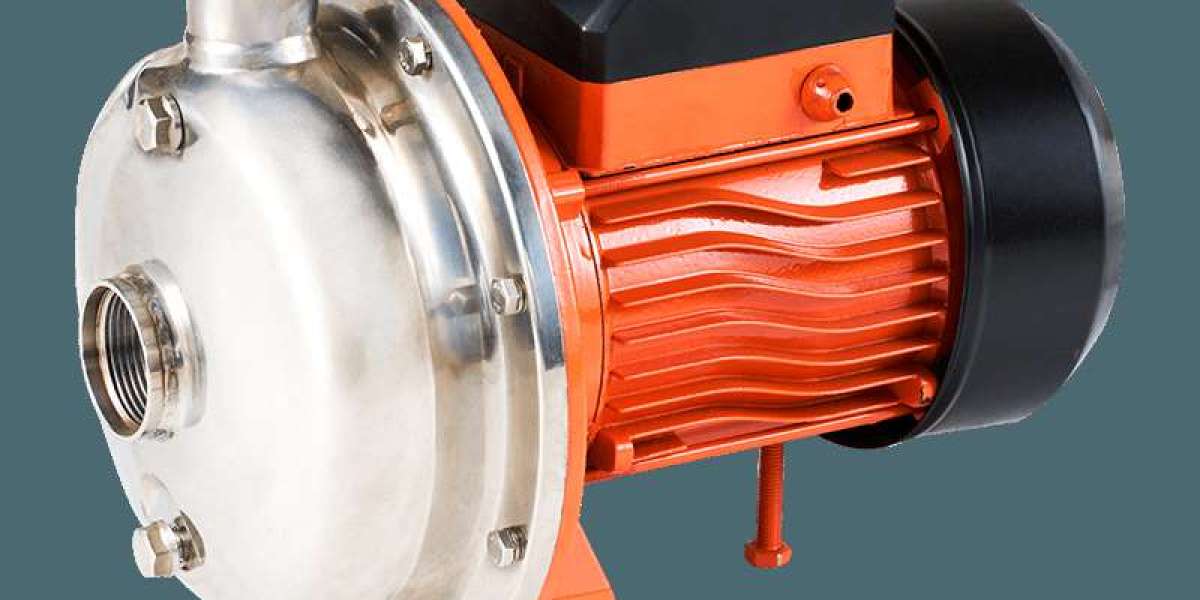A multistage centrifugal pump is a mechanical device designed to generate high pressure by employing multiple impellers arranged in series within a single casing. Unlike a single-stage centrifugal pump that uses one impeller to create a pressure increase, a multistage centrifugal pump divides the total pressure requirement across several stages. Each stage consists of an impeller and a diffuser (or volute) that guides the fluid. As the liquid passes through the first impeller, its pressure rises. It is then directed to the inlet of the second impeller, where the pressure is increased further. This sequential process in a multistage centrifugal pump allows it to achieve discharge pressures that would be impractical for a single-stage pump to produce efficiently.
The internal configuration of a multistage centrifugal pump is engineered for hydraulic efficiency and structural integrity. The impellers are mounted on a common shaft, which is rotated by a driver, typically an electric motor. The casing of a multistage centrifugal pump is designed to contain the pressure and direct the flow between stages. Two common designs exist for a multistage centrifugal pump: the horizontally split case and the radially split, or "barrel," design. A horizontally split multistage centrifugal pump has a casing that is divided along the shaft's centerline, facilitating maintenance. A barrel-type multistage centrifugal pump features a cylindrical outer casing that contains the staged elements, making it suitable for very high-pressure services.
A key advantage of a multistage centrifugal pump is its ability to achieve high heads without requiring an extremely large impeller diameter or a high rotational speed. By dividing the work across multiple stages, each impeller in a multistage centrifugal pump can operate at a favorable specific speed, which often results in good efficiency over a wide operating range. This makes a multistage centrifugal pump a suitable choice for applications like boiler feedwater service in power plants, high-rise building water supply, and reverse osmosis systems where substantial pressure is needed to overcome system resistance.
The performance of a multistage centrifugal pump is characterized by its flow rate, total developed head, and input power requirement. The total head generated is approximately the sum of the heads developed by each individual stage. Proper axial thrust management is a critical design aspect for a multistage centrifugal pump, as the in-series impellers create a substantial force along the shaft. This is often balanced internally using methods like a balance drum or a balance piston. The reliable operation of a multistage centrifugal pump makes it a fundamental piece of equipment in industrial and municipal systems requiring high-pressure liquid transport.














